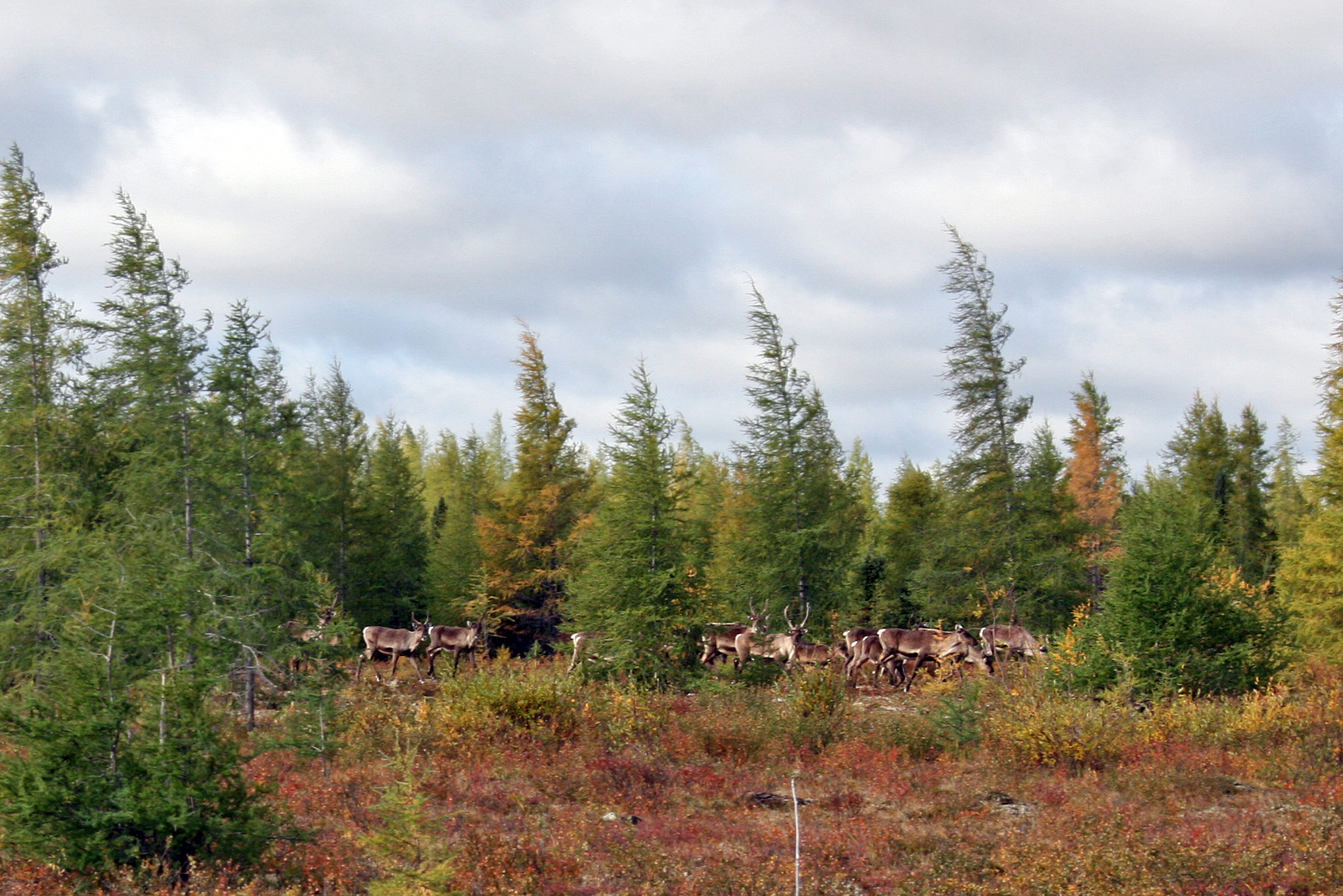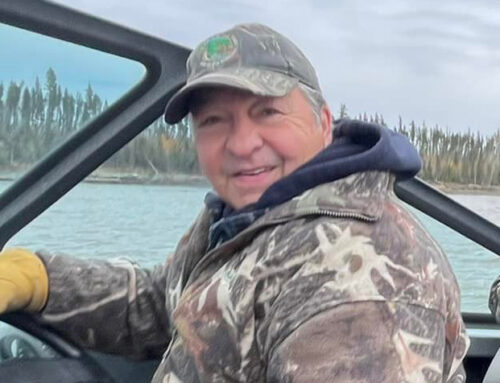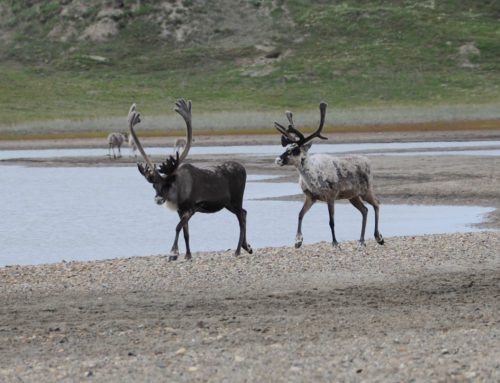While the first two weeks of the 2021 Draft Nunavut Land Use Plan regional hearings took place in Nunavut, they are moving on to Thompson, MB today and tomorrow. The Beverly and Qamanirjuaq Caribou Management Board will be there emphasizing that while caribou are crucial for Inuit of Nunavut, caribou are very important to people in other regions as well.
“Barren-ground caribou are shared by many regions, communities and cultures,” explains Tina Giroux-Robillard, BQCMB Executive Director. “Inuit, Denesųłiné, Métis and Cree people all rely on the Beverly and Qamanirjuaq herds for their physical, cultural and spiritual survival, and have for thousands of years.”
The Beverly and Qamanirjuaq herds have their calves each summer in Nunavut, before making their way back to their winter range in the Northwest Territories, northern Saskatchewan and northern Manitoba. During the winter months, the presence of caribou plays a huge role in food security for the Indigenous peoples of these regions.
“The Dene people say “we are the caribou, the caribou are us” according to Giroux-Robillard. “The caribou are intrinsically interwoven into Dene culture. Without caribou, people would not only go hungry, but an entire culture would be threatened.”
Both herds are in decline. In 1994, there were approximately 276,000 Beverly caribou; in 2018, there were only about 103,400. The Qamanirjuaq herd has dropped from around 496,000 in the 1990s to about 288,200 in 2017.
“While it’s natural for the herds’ populations to fluctuate over the years, they are now facing more threats than ever before, due to climate change and other factors,” says Giroux-Robillard. “We are concerned that this time, their numbers may not be able to come back up, due to the cumulative effects of many increasing pressures.”
That is why the BQCMB is so focused on the Land Use Plan including full protection of the land and water in crucial areas for caribou – their calving and post-calving grounds, and key water crossings. “Ensuring that these important habitats are free from exploration and development is key to a healthy calving cycle, which is needed to bring the numbers up and keep the herds strong,” stresses Giroux-Robillard.
The BQCMB is not against development in Nunavut. “We understand the need for economic development,” she emphasizes. “But action is needed to protect the most important caribou habitats in Nunavut, for the benefit of caribou and caribou people across the North.”





